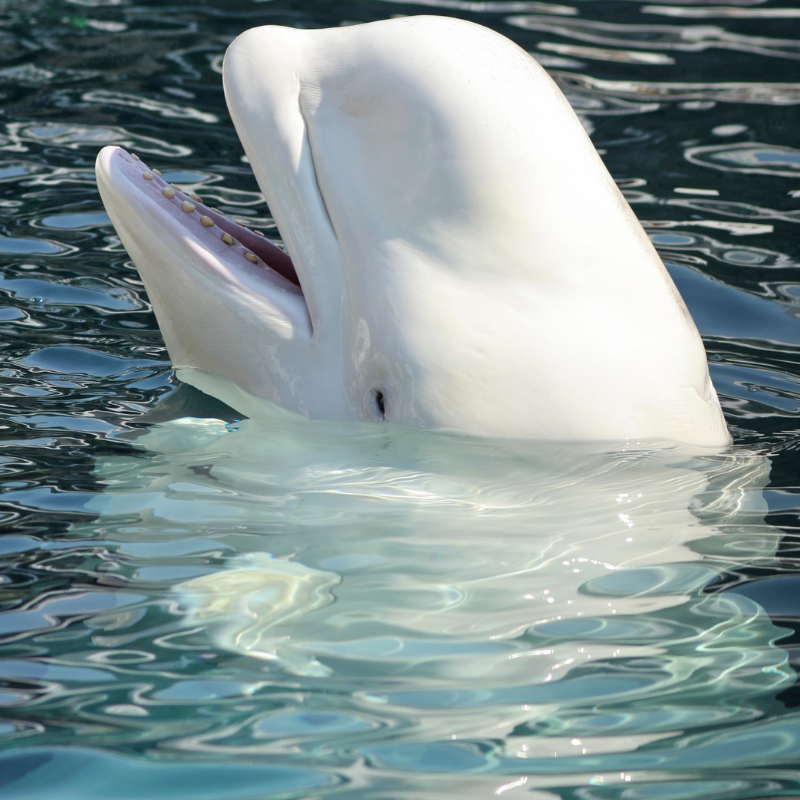Next working day delivery with Royal Mail Tracked 24
Mo Mammals Mo Plankton: Beluga Whales

Mo Mammals Mo Plankton: Beluga Whales
In our regular blog feature, 'More Mammals More Plankton', we explore notable sea mammals, past, present and extinct. Today, we profile the Beluga Whale.
Beluga Whales are a type of Dolphin, and along with only the Narwhal (only) are a member of the family Monodontidae.
The first thing you notice about the Beluga Whale is the colour. Beluga Whales are white, like a soft white marshmallow. Beluga Whales have long been called the 'Sea Canary' by seamen, because of the frequent and varied sounds and calls they make. Beluga Whales call and communicate using sounds that combine whistles and pulsating calls - scientists have observed over 50 different call types.
Beluga whales, on average, weigh between 900 – 1600 kilogrammes when fully grown, and can grow to a length between 10 to 18 feet. Larger adult males will sometimes, though rarely, exceed 18ft in length. Female beluga whales are usually slightly smaller than males. In 2018, a Beluga Whale was spotted in the River Thames, London.

Beluga whales are are opportunistic feeders, and will consume over 100 species of marine and freshwater fish, molluscs, crustaceans, and zooplankton.
Rather than chewing, Beluga whales will tear their prey into smaller pieces or swallow them whole. Beluga whales have a typical lifespan of 40 to 60 years.
Killer whales and polar bears are know predators of the Beluga whale, but the biggest threat by far appears to be pollution, oil and gas production and climate change, which are significantly impacting on their natural habitat and environment.
Photo credits(s): Canva Pro Licence / Getty Images









